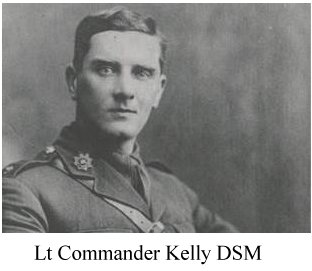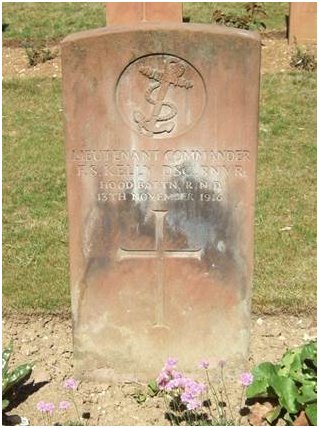
The Gallipoli Sonata
When the Australian Sub Lieutenant Frederick Septimus Kelly, Royal Naval Division, began writing a beautiful violin sonata in G major during the last days of August 1915 in a trench on the Gallipoli Peninsula, he could never have imagined the sonata, which he completed 31 December, would not only be played at his memorial service but would become a valuable piece of Australian history ninety five years later. The sonata was penned for Jelly D`Aranyi, a lovely young Hungarian female violinist in London that Kelly had met in 1909 when she was 16. Their common passion for music bound them together in concert almost immediately and they regularly played music and performed on stage together. Kelly is reputed to have treated D`Aranyi more like a sister but over the next few years of their professional relationship, she fell madly in love with him.
When England declared war on Germany at 11pm on 4 August 1914, there was a surplus of about 20,000 to 30,000 men from the Royal Naval Reserve and the Royal Fleet Reserves who could not be assigned to a ship of war. The men were formed into the Royal Naval Division comprised of two Naval Brigades and a Brigade of Marines to fight on land not at sea. The naval character and unit compositions of the RND would change over the course of the war due to heavy casualties as more regular infantry battalions were included. Kelly was in England at the time and using his connections, enlisted in the RND.
To the Turks, it was no secret that foreign troops were preparing to invade their homeland. It was not a matter of when but where? Turkish High Command had time to prepare their defences and watched with amazement as Allied forces comprising mainly of British, Australian, French, New Zealand and Indian troops began the invasion by landing on the beaches of Gallipoli 25 April 1915. Among the British forces at Cape Hellas were five divisions of the RND. They stood out from the rest of the British forces. Petty officers instead of sergeants, leading seamen for corporals, could grow beards, had anchors stencilled on their equipment, attended sick bay instead of regimental aid post and were ‘adrift’ instead of absent without leave. Leaving these minor differences aside, they were a valuable contribution to the Gallipoli campaign. On 4 June during the third battle of Krithia, Kelly suffered a gunshot or shrapnel wound to his right heel. After a spell in hospital in Alexandria and later was promoted to Lieutenant, Kelly returned to Gallipoli and on 7 January 1916, was one of three men to remain at an observation post while the Allied troops went about their highly successful night evacuation from the Gallipoli Peninsular and were also the last to leave. Lieutenant Kelly [RND] Captain Weller, [RMLI] and Temp Lieutenant Riley [Royal Marines] were awarded the Distinguished Service Cross for their service on the Gallipoli Peninsula.
By the end of the disastrous Gallipoli campaign, there were very few naval men left and the RND was redesignated the 63rd [Royal Naval] Division on 19 July 1916 and no longer under the authority of the Admiralty. The division moved next to the killing grounds of the Western Front and the battle of the Somme.
On 1 November Lieutenant- Commander Kelly DSC, was killed in November 1916 during the final phase of the first Somme battle on the Western Front and is the only Australian buried in the British Cemetery at Martinsart, not far from where he fell.



